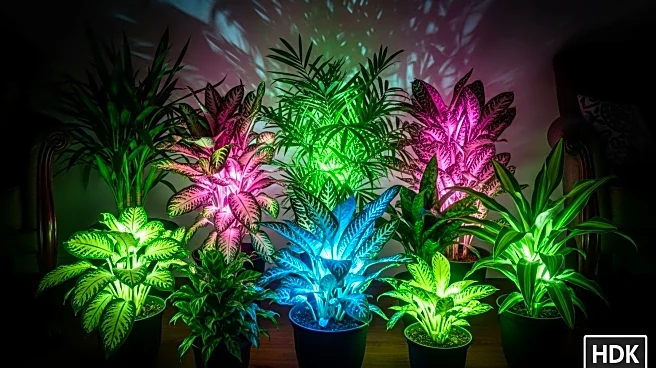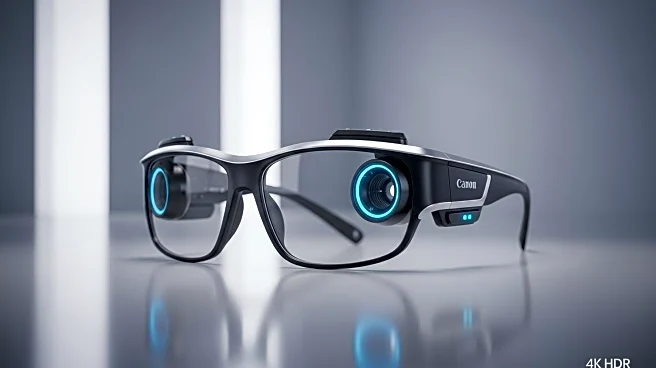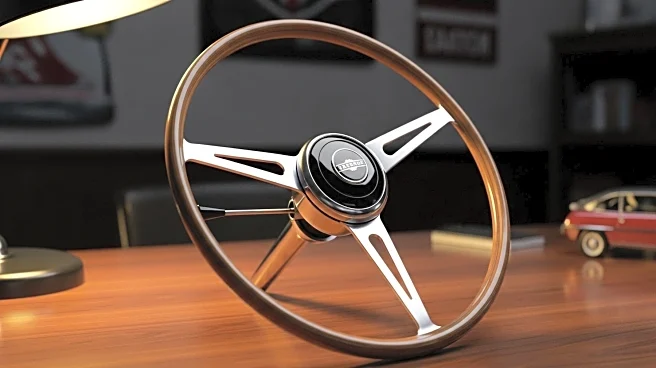What's Happening?
Researchers at South China Agricultural University have created glow-in-the-dark plants by injecting succulents with phosphor particles. These plants can emit light in various colors, marking a significant advancement in bioluminescent houseplants. The technology, described in the journal Matter, has been patented and aims to lead to decorative installations and living lighting solutions. Unlike genetically engineered luminescent plants, these succulents use phosphor particles to absorb and re-emit light, offering a broader range of colors.
Why It's Important?
The introduction of glow-in-the-dark houseplants could revolutionize home decor and lighting solutions, offering an eco-friendly alternative to traditional lighting. This innovation highlights the potential of biotechnology in creating sustainable and aesthetically pleasing products. The U.S. market's acceptance of such products could pave the way for further advancements in plant-based technologies, potentially benefiting industries focused on home improvement and environmental sustainability.
What's Next?
The researchers have applied for a patent, indicating potential commercialization and wider availability of these plants. As the technology develops, it may lead to new applications in decorative lighting and eco-friendly design. Stakeholders in the home decor and biotechnology sectors may explore partnerships to expand the market reach of these innovative products.












